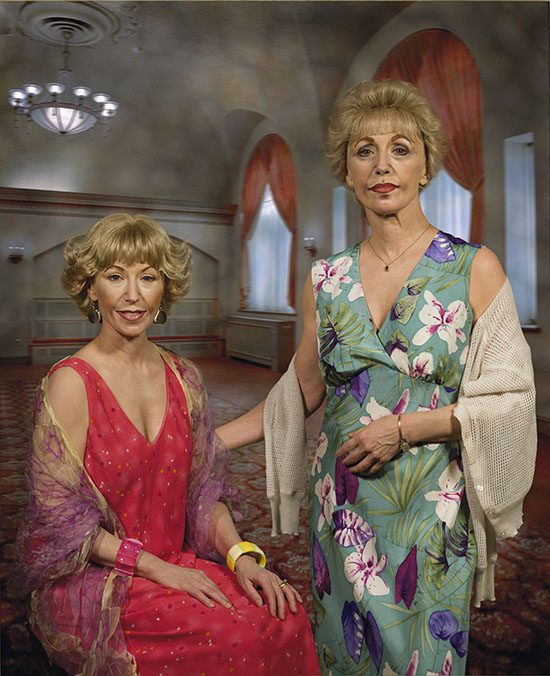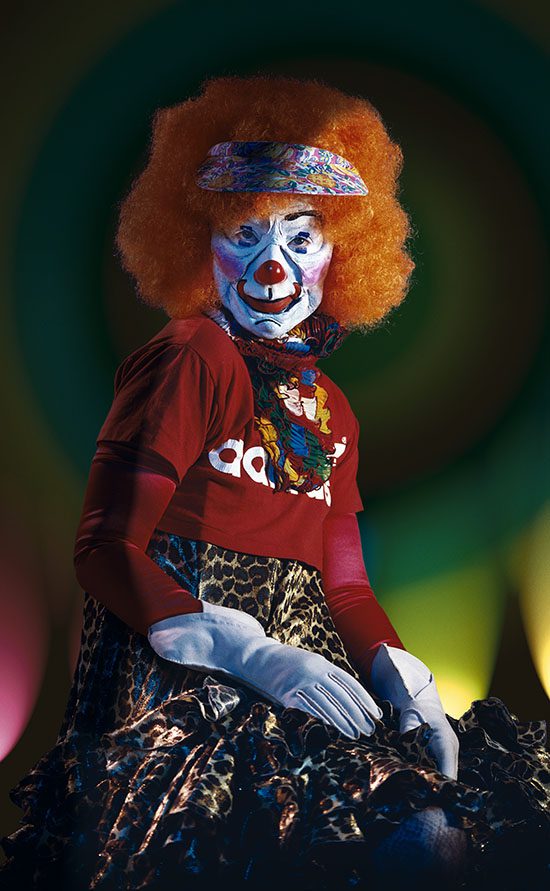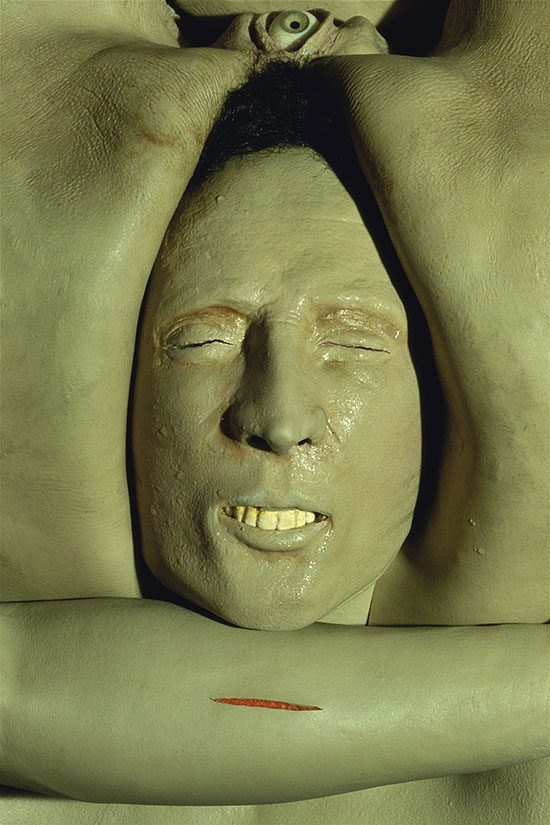PHOTO:Cindy Sherman
 Cindy Sherman is a contemporary master of socially critical photography. She is a key figure of the “Pictures Generation”*. At first painting in a super-realist style in art school during the aftermath of American Feminism, Sherman turned to photography toward the end of the 1970s in order to explore a wide range of common female social roles, or personas.
Cindy Sherman is a contemporary master of socially critical photography. She is a key figure of the “Pictures Generation”*. At first painting in a super-realist style in art school during the aftermath of American Feminism, Sherman turned to photography toward the end of the 1970s in order to explore a wide range of common female social roles, or personas.
By Dimitris Lempesis
Photo: me Collectors Room Berlin/Olbricht Foundation Archive
Cindy Sherman sought to call into question the seductive and often oppressive influence of mass-media over our individual and collective identities. Turning the camera on herself in a game of extended role playing of fantasy Hollywood, fashion, mass advertising, and “girl-next-door” roles and poses, Sherman ultimately called her audience’s attention to the powerful machinery and make-up that lay behind the countless images circulating in an incessantly public, “plugged in” culture. Sexual desire and domination, the fashioning of self-identity as mass deception, these are among the unsettling subjects lying behind Sherman’s extensive series of self-portraiture in various guises. Sherman’s work is central in the era of intense consumerism and image proliferation at the close of the 20th century. The exhibition “Cindy Sherman – Works from the Olbricht Collection” features 65 photographs by the artist, including works from almost all periods of her career. Variously casting herself as an ingénue at the sink in black-and-white of the 1950s, a gold-blond “Maria Lactans” with a vacant expression and plastic breast, or an aging upper-class beauty wearing far too much jewelry and much too much makeup, American artist Cindy Sherman is a master of masquerade. Throughout her career she has simultaneously acted as her own actress and photographer, subject and object. And yet her portraits do not represent actual personalities. Instead they paraphrase social and cultural stereotypes with the aim of deconstructing them through the prism of cinema, classical painting, or advertising. As she said “Everyone thinks these are self-portraits but they aren’t meant to be. I just use myself as a model because I know I can push myself to extremes, make each shot as ugly or goofy or silly as possible”. The artist became widely known in the 1970s with her black-and-white series “Untitled Film Stills”, in which she embodied a range of stereotypical female figures from the ‘40s and ‘50s, posing in what appeared to be movie stills. The ‘80s brought not only a shift into colour and large formats, but, with her popular “Centerfolds”, her major breakthrough. Provocatively evocative of Playboy magazine angles and lighting, the series showed women in various states of mysterious emotional crisis. This enigmatic mood also dominated the “Fairy Tales” (1985) and “History Portraits/Old Masters” (1988-90) series, in which Sherman recreated and distorted characters and scenes from the world of fairy tales and classical painting, often with the help of visible prostheses and puppets. Oversized teeth, plasticky blond hair, and a homemaker’s simplicity embodied the figures in her next series, “Hollywood/Hampton Types” (2000-02), while the humorously uncanny side to masquerade was captured in “Clown” (2003-04), which culminated in the sad, vulgar portraits of ageing “Society Ladies” (2008). In all her series, Sherman presents us with a subtle analysis of contemporary cultural tropes, draws attention to the power of symbolism and the struggle of the individual against collective stereotype.
*The “Pictures Generation” (named from an important exhibition of their work held at Artist’s Space in New York in 1977), was a loose affiliation of artists, influenced by Conceptual and Pop art, who utilized appropriation and montage to reveal the constructed nature of images. Experimenting with a variety of media, including photography and film, their works exposed cultural tropes and stereotypes in popular imagery. By reworking well-known images, their art challenged notions of individuality and authorship, making the movement an important part of postmodernism.
Info: me Collectors Room Berlin / Olbricht Foundation, Auguststrasse 68, Berlin, Duration: 16/9/15-10/4/16, Days & Hours: The-Sun 12:00-18:00, www.me-berlin.com




